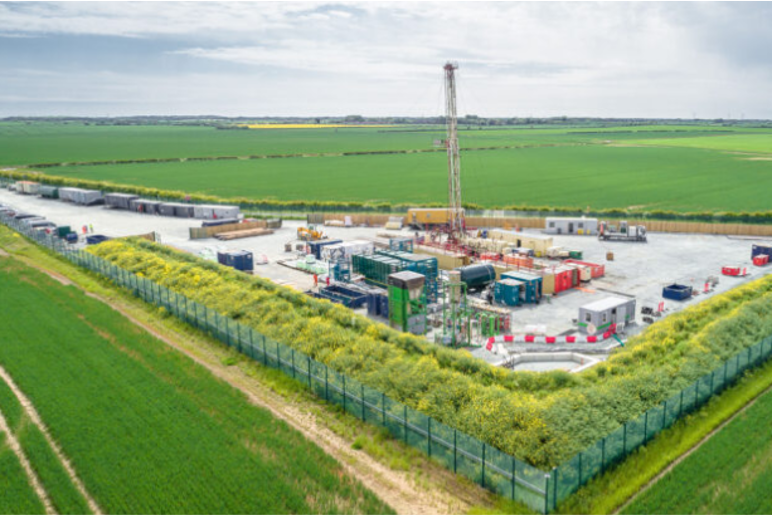In what is claimed to be the biggest onshore UK find after the discovery of Wytch Farm, a potentially significant volume of oil (146 MMbo in place) and gas (6 Bcm in place) resides in the West Newton field according to Reabold Resources, who own a significant stake in PEDL183 where the discovery was made.
The reservoir of the West Newton field constitutes of dolomites of the Upper Permian Zechstein Kirkham Abbey Formation. The initial discovery well A-2 (see cross-section below) was drilled in 2019 and found both oil and gas. The subsequent drilling of the B1Z well in 2020 encountered a gross hydrocarbon reservoir of 62 m in the southern part of the field.

However, well tests carried out to date have unfortunately been unable to sustain reasonable production rates, as Sachin Oza from Reabold explained in an interview with Proactive Investors yesterday.
What could be the main driver for causing these production issues? A study performed by RPS concluded that most of the acid stimulation carried out during the Extended Well Test only interacted with a small section of the perforated intervals due to permeability contrasts in the Kirkham Abbey reservoir.
This should probably be interpreted in the light of there being very permeable intervals – maybe fractures? – and sections where poor throughflow occurs. Although not mentioned in the reports, reservoir damage may also have taken place during drilling, resulting in poor production results upon test. According to people familiar with drilling through Zechstein prospective intervals, reservoir damage is something that can take place fairly easily.

To remediate the issues related to the poor production performance, RPS suggests to carry out a more optimised acid stimulation programme that includes diversion techniques – so probably aiming at those intervals that exhibit poorer reservoir properties to start with. It is also suggested that higher production rates can be achieved from a horizontal producer compared to vertical wells.
Based on this study, the expectation is that a horizontal well could deliver up to 5,900 MMboe/day (gas) and an additional volume of oil (1,000 MMboe/day) during the first month of production. “These numbers provide strong momentum to press ahead with the exploitation phase of the field,” Sachin Oza said during the interview yesterday.
HENK KOMBRINK





